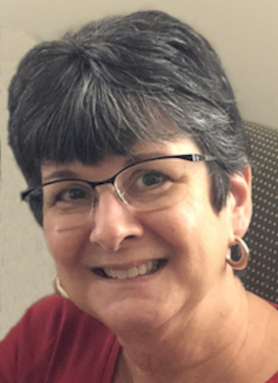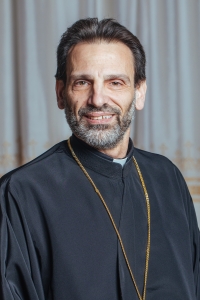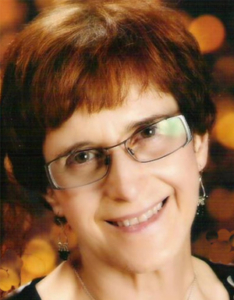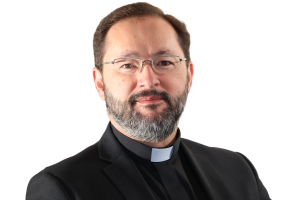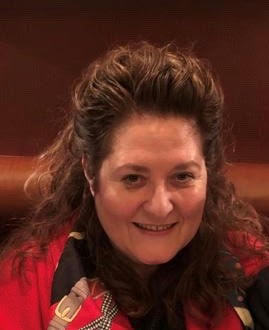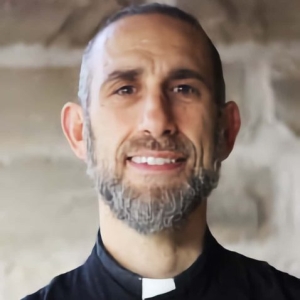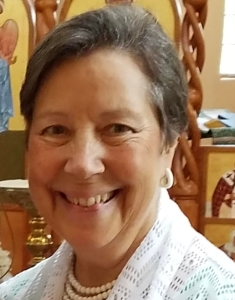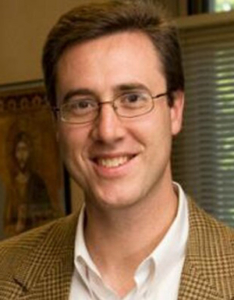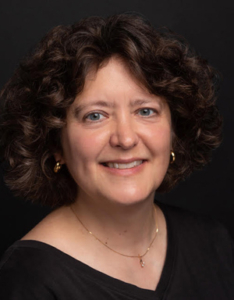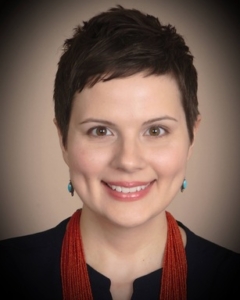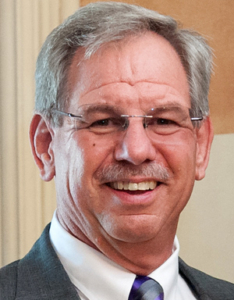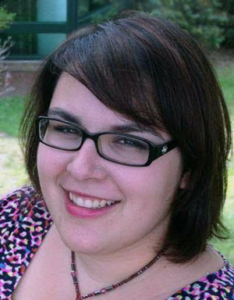Proposed Guidelines
for the Revival of the Ordained Female Diaconate in the Orthodox Church Today
A Revised Collaborative Draft of the “Proposed Guidelines”
The “Proposed Guidelines for the Revival of the Ordained Female Diaconate in the Orthodox Church Today” were created by the St. Phoebe Center to generate discussion within the Orthodox Christian community, to expand our imagination of what this ancient order might look like today, and to move forward together to ordain deaconesses once again. The document was first published in 2023, during our tenth anniversary symposium “Deaconesses for the Orthodox Church Today” held at Hellenic College Holy Cross in November 2023.
At that symposium and in other venues, the St. Phoebe Center solicited and received feedback from the whole church including laywomen, laymen, deacons, priests, and bishops. We revised the “Proposed Guidelines” based on this valuable and appreciated feedback, and we once again offer it to the Church for discussion and inspiration.
We continue to welcome your comments and feedback at stphoebecenter@gmail.com.
Finnish Translation: Ehdotus ohjeistoksi naisdiakonaatin elvyttämiseksi nykypäivän ortodoksisessa kirkossa
Greek Translation: Προτεινόμενες κατευθυντήριες γραμμές
Finnish Translation: Diakonissojen ohjeiston laatiminen
Russsian Translation: Разработка «Предложений и рекомендаций» для чина диаконисс
Greek Translation: Διαμορφώνοντας «Προτεινόμενες Κατευθυντήριες Γραμμές» για Διακόνισσες
*The St. Phoebe Center thanks Elsi Takala and Riina Nguyen for their translation work.
I. Purpose and Introduction
The St. Phoebe Center intends with this document, “Proposed Guidelines for the Revival of the Ordained Female Diaconate in the Orthodox Church Today,” to offer a vision of what the female diaconate might look like in our own era. It includes a process for selecting, preparing, ordaining, and evaluating deaconesses. The “Proposed Guidelines” are the culmination of a five-year collective effort involving solicitation and integration of feedback from hierarchs, clergy, and laity of all ages and backgrounds. The “Proposed Guidelines” are inspired by the history of the Orthodox Church, the current pastoral need for deaconesses, and the recent calls for the renewal of this order.
The essential and apostolic order of the diaconate is part of the three-fold ordained orders of the clergy. The diaconate is dedicated to diakonia, to service, including ministry to the laity and philanthropic outreach to the larger community. Orthodox Christians around the world are realizing the pastoral need for a robust diaconate—of both men and women—to serve the body of Christ.[i] The historical precedent of the female diaconate within the Orthodox Church has been soundly documented through sources such as ordination rites, canons, deaconess saints, and archeological evidence.[ii] Renewing the order of deaconess as an integral part of our larger diaconal ministry will connect the Church’s sacramental and liturgical life to pastoral needs today.
For more than one hundred years, calls to reinstate the ordained order of deaconess in the Orthodox Church have been issued throughout the world by clergy and laity with increasing urgency and frequency. The definitive 1988 Inter-Orthodox Consultation of Rhodes, Greece, convened by Ecumenical Patriarch Demetrios I and attended by official representatives of twelve autocephalous churches concluded that “The apostolic order of deaconesses should be revived . . . Such a revival would represent a positive response to many of the needs and demands of the contemporary world in many spheres.”[iii]
The St. Phoebe Center offers these “Proposed Guidelines” to address the existing need for a clear vision of how the order of ordained deaconesses might look today, along with a possible process for its revival. The purpose of this text is to advance the topic, to outline several concrete steps, and to invite further constructive reflection in key areas. This document does not claim to be comprehensive, nor does it intend to be the final word; instead, it aims to spark our God-given creativity as a community and to facilitate conversation and action regarding this urgently needed ministry. The history of the deaconess rightly informs the Church, but it does not determine the Church; the diaconate of today should serve the needs of today.
Women always have been, are now, and always will be integral to the life of the Orthodox Church. In recent decades, women have entered Church roles in significant numbers for the first time as parish council leaders, seminary professors, historians, theologians, readers, and chanters. This expansion of women’s roles is apt because the Orthodox Church understands women and men as equally created in the image and called to the likeness of God. At the same time, the Orthodox Church does not understand women and men as identical. The St. Phoebe Center therefore envisions deacons and deaconesses as sharing the same roles and functions, knowing that they will express those roles and functions differently, based on their sex, to the benefit of the entire Church.
In articulating the “Proposed Guidelines,” the St. Phoebe Center has benefited greatly from the document “Introductory Parameters for the Ministry of Ordained Deaconesses in the Orthodox Church” published in March 2019 by Saint Catherine’s Vision, whose work we commend.[iv] We have also benefited from, and are grateful for, the generous feedback offered from bishops, priests, deacons, laymen, and laywomen around the world. We offer this proposal in the shared spirit of assisting the Church in its ongoing process of discernment and renewal regarding the female diaconate.












